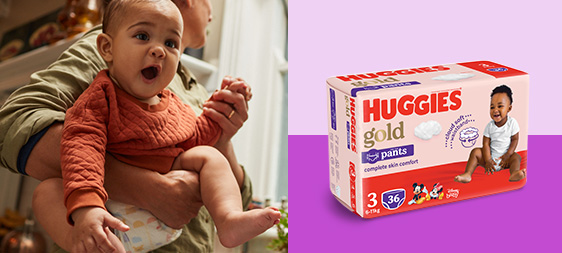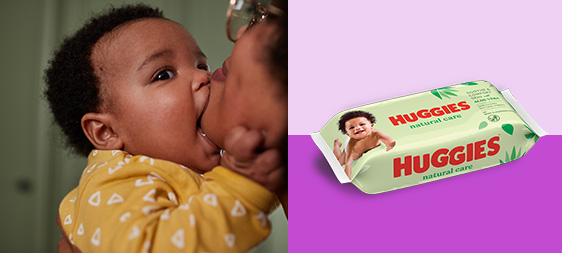Sleep associations are not just limited to babies and young children. Even as adults we have certain requirements that need to be met before we can drop off to sleep. Although some are very individual and dependent on circumstance, most of us have a fairly consistent set of prompts that let us know it is alright to go to sleep. Lights out, pulling up the covers, placing our head on a pillow, listening to music, the list goes on.
In infancy, children develop habits around their sleep, which help them to feel secure and safe. By nature, humans are creatures of habit and repetition, and children will naturally thrive in environments where they receive the same consistent and dependable patterns of care. Sleep associations can be either functional, meaning they’re working for you, or dysfunctional, which is exactly the opposite.
Functional sleep associations:
Most babies settle better if they are fed not long before they are placed into their cot. A full tummy can promote tired responses and it is easier to settle a baby whose appetite is fully satisfied. Feeding before settling will avoid the potential for your baby to wake early just because they are hungry.
Warmth and comfort. A baby who is too hot or cold, uncomfortable or irritated is unlikely to settle easily. Attending to the basics before you settle your baby will make your job much easier.
Young babies like to be wrapped or swaddled to go to sleep. This helps them to feel secure and contains their startle reflex. Swaddling can continue for up to 6 months, though many parents find that, once their baby is able to wriggle out of their wrap, it is time to stop.
Thumb or finger sucking. Some babies start sucking in the uterus and continue to do this after birth. From an orthodontic perspective, unless they are still sucking by the time the permanent teeth erupt (6-8 years), there is no cause for concern.
Most parents will go through a little safe keeping ritual when they settle their child to sleep. Kisses, cuddles, pats and rocking are all very natural and essential ways of communicating love to our children. Incorporating these into pre-settling times is important.
Ensuring your baby has had enough activity and awake time. Supervised floor time on a rug on the floor every day is a good way for even young babies to learn how to move their muscles and tire themselves out.
We all sleep better in an environment where it is darker rather than light. Be creative about making the baby’s room darker through the day and investigate the options of curtains and blinds. You don’t need to make the room totally dark but, if you can, filter out direct sunlight and bright daylight.
Room temperature does play a role in promoting sleep. Babies need to sleep in a comfortably warm room so they are not overheated or chilled. You do not need to monitor the room temperature, but use your own comfort level to assess if your baby needs extra clothing added or removed.
A safe sleeping environment. Babies learn very quickly where they go to sleep. If from birth your baby is placed into their cot or bassinette for all sleeps, they won’t learn to always associate you with transitioning to sleep.
Older children love to be read to, though reading to babies needs to start from birth. This is a lovely way to boost parent-child interaction and is an investment into brain pathways. Boys especially benefit from seeing their dads read and being read to by him.
A warm bath, massage, being dressed into pyjamas, and being tucked into bed are all functional pre-bed rituals that can start from birth. Doing each of these tasks gives the message that bedtime is almost here and teaches children the natural order of a day.
Some children develop an attachment for a particular toy, rug or teddy. These are known as “transitional love objects” and in no way reflect emotional balance. To need their special toy to go to sleep is a functional sleep association and a harmless habit that often continues for years.
Dysfunctional Sleep Associations:
Are any that require parents to always provide some form of intervention for their baby to go to sleep. This could be feeding, sleeping with them, rocking them in the pram, or even driving them around in the car. When it becomes a problem to always provide these conditions, it is time to change what you are doing.
Dysfunctional sleep associations usually interrupt the opportunity for the child to settle themselves. They rely on something other than their own skills and ability to self-soothe and go back to sleep.
What often happens is that, in desperation, a parent tries something that might help their child to settle. This is effective and, before too long, a habit has formed which, for the sake of peace, continues.
Some children are left to fall asleep in the living room, on the couch, or anywhere they choose. They are then carefully transferred to their cot already asleep. A common issue is that they wake shortly afterwards and need their parent to help them re-settle.
Dummies can be a problem if the child is dependent on one to go to sleep. When they are in a deep sleep phase and their mouth relaxes, the dummy falls out, and parents need to re-offer the dummy before the child will settle again.
Sucking on bottles or breastfeeding frequently overnight. Babies under the age of 6 months will often demand milk overnight, though this habit can continue for months afterwards if the habit becomes entrenched.
Co-sleeping with parents in their bed. This can become a problem as children get older and bigger, and parents want to reclaim their bed as their own. The child has not learnt to sleep in their own bed and protests, often very loudly, when they are moved out.
Changing Sleep Associations:
It often works for parents to have a goal, and be consistent and persistent in working towards it. Don’t look for huge changes too quickly. Often, habits are well established and it takes longer than 1 or 2 days and nights for new sleeping habits to form.
Small changes will often have a ripple effect and as long as what you are doing is positive, there are benefits in other areas as well. This is often the case with stopping bottles of milk overnight for toddlers. Their appetite for solid food through the day then increases dramatically.
Discuss how you are going to manage breaking your child’s sleep associations with your partner, and both work together on change. Children are very good at detecting which parent is a little more lenient than the other, and will direct their efforts to the parent who offers the least resistance.
You have a choice how you break old sleep associations. You can do it “cold turkey” e.g. throwing away all dummies on a chosen day and not reoffering them. Alternately, you can try a slower, steadier process of gradually changing what you are doing. This is often useful for older children, who rely on their parents to lie down with them to settle.
Pick a time when the family is calm and there isn’t too much else going on. A house move, introducing a new sibling, or beginning child care, is not a good time to implement changes to sleeping behaviour.
Moving older babies into their own room can work if they can see you and demand attention overnight. Some adults and children sleep so lightly, that any movement from each other overnight is enough to disturb each other’s sleep and wake up.
Ensure your child is well and healthy before you start a new settling regime. When they are sick, young children need comfort and soothing, and it is unrealistic and unfair to expect change.
When older children come into their parent’s room overnight, placing childproof gates across their doorway can help. This contains the child in their room without creating the fear factor of a closed door.




























